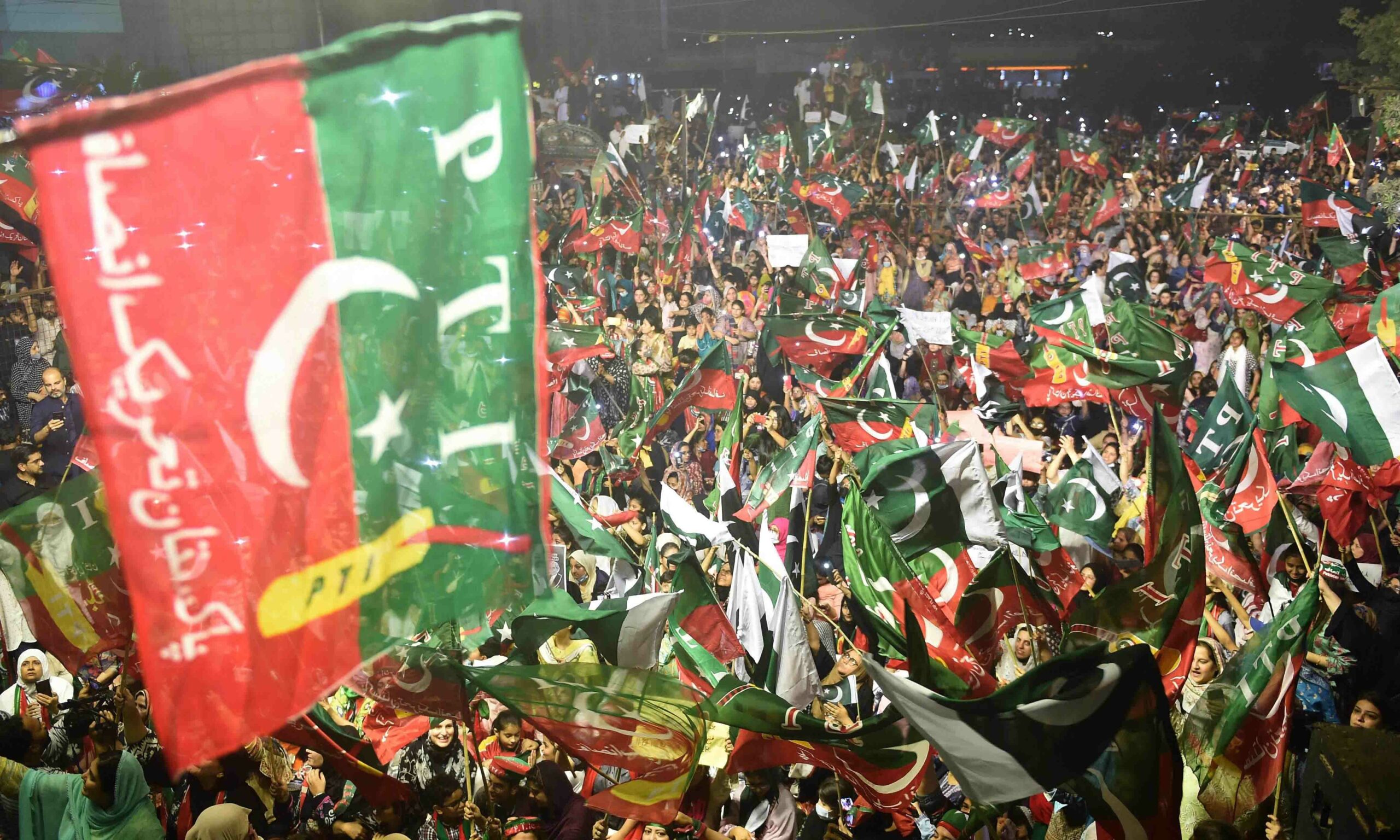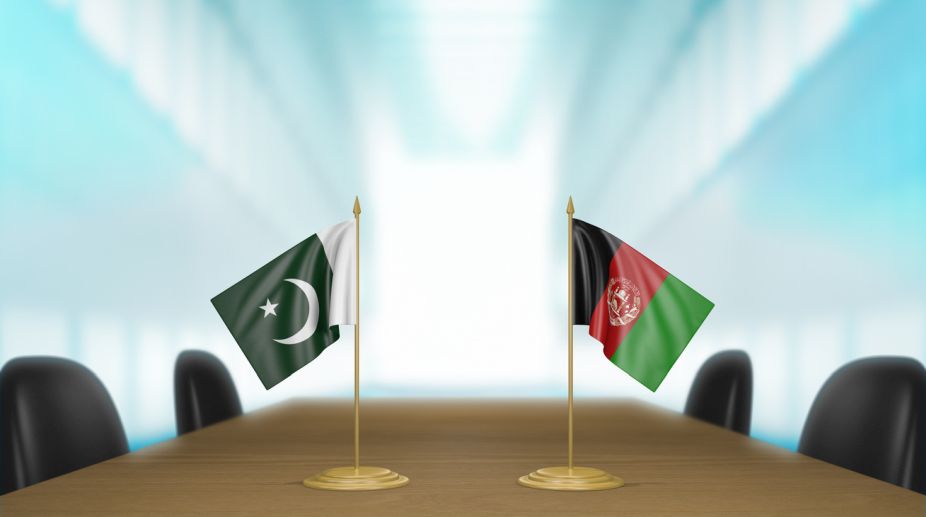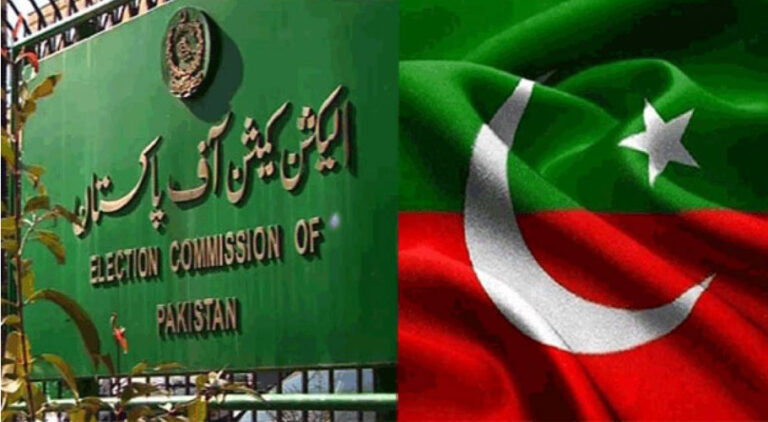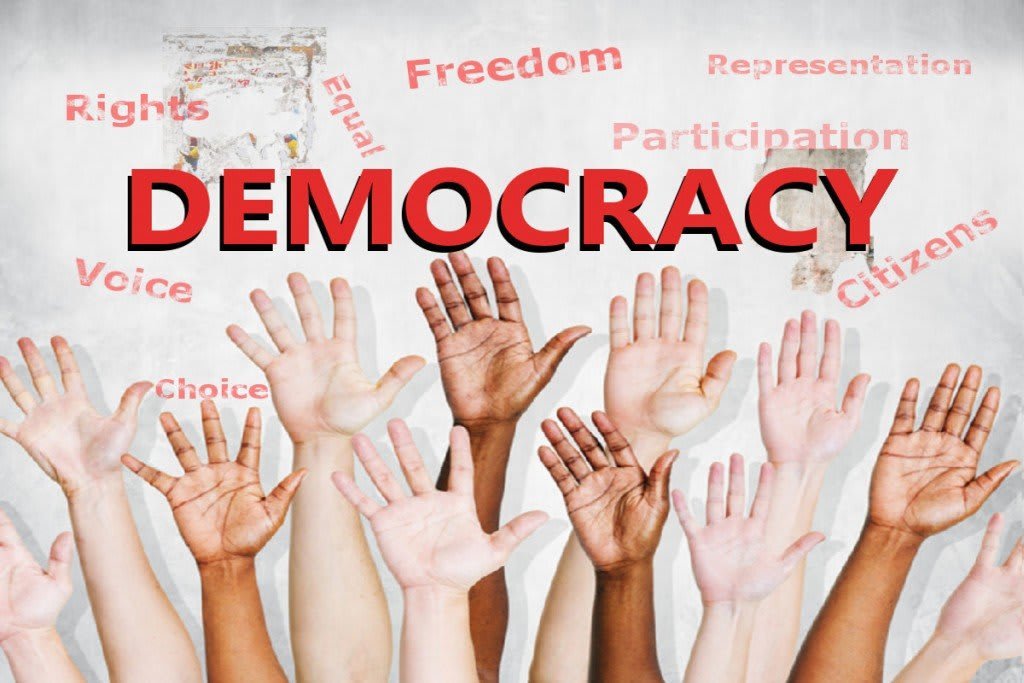Arshad Mahmood Awan
In recent weeks, India’s political discourse has taken a dangerously aggressive turn, with its highest leadership stoking anti-Pakistan sentiment in ways that threaten to undo decades of diplomatic groundwork. The inflammatory rhetoric, particularly by Prime Minister Narendra Modi, signals a troubling shift from statesmanship to populist theatrics—echoing a time when subcontinental tensions were often exploited for political mileage rather than diffused through reasoned dialogue.
During a speech in Bhuj, Gujarat, Prime Minister Modi used provocative language more suited to 1970s action films than the office of a nuclear-armed nation’s head of government. Telling Pakistan to either “eat bread” or face a “ready bullet” is not just undiplomatic—it is dangerously irresponsible. These remarks, dripping with hostility, came alongside yet another accusation of Pakistan sponsoring terrorism and a veiled threat to reevaluate the Indus Waters Treaty, a longstanding bilateral agreement. One might argue that speaking from his political stronghold in Gujarat emboldened Mr. Modi to resort to such warlike posturing. However, the consequences of such rhetoric extend far beyond domestic applause.
It is disappointing, though not entirely surprising, that segments of Indian media—already prone to hyper-nationalism—amplified this combative message. But when this sentiment is echoed from the very top of India’s political leadership, it signals a deeper problem: the institutionalisation of hostility. Rather than being a voice for peace, Modi is increasingly sounding like a general preparing for confrontation, thus severely diminishing any prospects for regional cooperation.
Pakistan’s Foreign Office responded to Modi’s speech with due concern, labelling it a “theatrical flourish” unbefitting the leader of a nuclear-armed state. The statement rightly pointed out that such aggressive public posturing undermines any potential diplomatic engagement. Instead of building bridges, India’s leadership appears to be actively burning them.
The contrast with previous Indian leaders is stark. Mahatma Gandhi preached non-violence. Jawaharlal Nehru emphasised diplomacy and regional integration. Even right-leaning figures like Atal Bihari Vajpayee, who also hailed from the BJP, managed to balance nationalist sentiment with a genuine pursuit of peace—evident in his historic bus journey to Lahore in 1999. Manmohan Singh, though often criticised for being too cautious, consistently worked toward economic and diplomatic engagement with Pakistan. Compared to them, today’s leadership has drifted toward the politics of provocation.
This trend reflects a broader shift within India’s political culture—where electoral gain is increasingly tied to anti-Pakistan grandstanding. With domestic challenges mounting in India, including economic inequality, social unrest, and a deeply polarised society, Pakistan-bashing serves as a convenient distraction. But the consequences of this policy could be catastrophic. If Pakistan is repeatedly provoked, it will respond. As history shows, escalation can easily spiral beyond control—especially between two nuclear powers.
There appears to be an attempt by New Delhi to redefine its relationship with Islamabad under a so-called ‘new normal’—one in which unilateral actions, cross-border aggression, and inflammatory rhetoric are justified as routine responses. However, this is a dangerous illusion. Pakistan is not a passive spectator. As the post-Pahalgam hostilities showed, Pakistan retains the military and diplomatic capacity to respond to provocation. Any assumption that Pakistan will remain silent in the face of repeated sovereignty violations is both delusional and dangerous.
What’s even more alarming is that this aggressive posture could embolden hardliners on both sides. Hawks in Pakistan, who otherwise struggle to gain mainstream legitimacy, are gifted with an opportunity to respond in kind. This tit-for-tat nationalism poisons public discourse and pushes both societies further from dialogue and closer to confrontation.
In an environment already thick with mistrust, the shadow of nuclear weapons makes the situation all the more precarious. The possibility of miscalculation or an unanticipated military escalation is a terrifying prospect, not only for Pakistan and India but for the entire region and the global community. The presence of nuclear arms demands a higher level of responsibility, caution, and diplomacy. Sadly, these qualities appear to be missing from India’s current leadership.
The only sustainable path forward is through diplomacy and restraint. Instead of cultivating war hysteria and turning Pakistan into a perennial scapegoat, Indian leadership must rediscover the lost art of dialogue. All bilateral disputes, whether over Kashmir, water sharing, or cross-border terrorism, can be addressed through sustained and structured engagement. But for that to happen, both sides must be willing to de-escalate, both in word and in action.
India’s political establishment must understand that short-term political gains through nationalist fervour come at the expense of long-term regional stability. Peace is not a weakness; it is a strength, and it requires courage to pursue—especially in a region as volatile as South Asia. If both Pakistan and India can break the cycle of provocation and retaliation, the possibility of a peaceful and prosperous future remains within reach.
Until then, every bullet-loaded speech and every treaty-questioning remark only drags the subcontinent closer to a point of no return. It is time for Indian leadership to choose dialogue over dramatics, statesmanship over slogans, and peace over provocation.

















